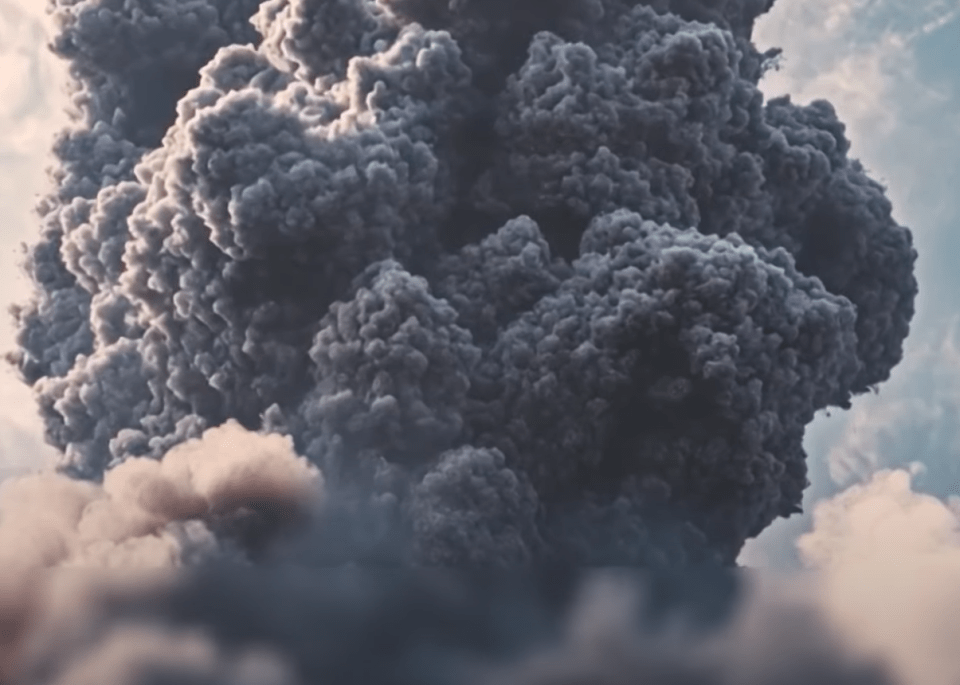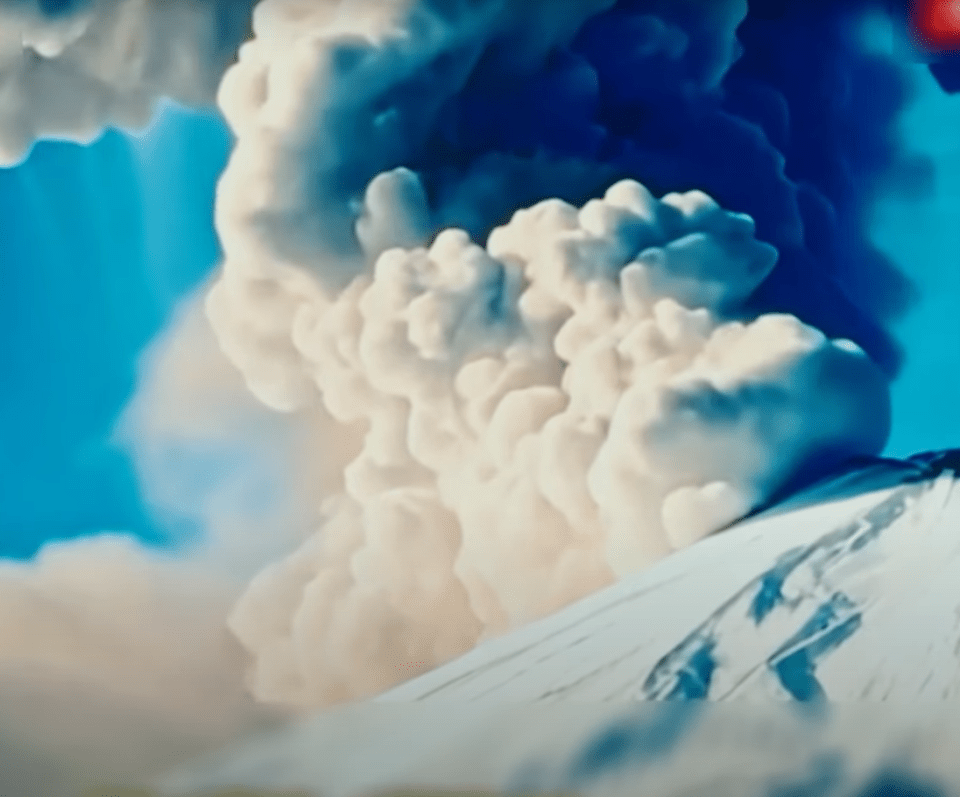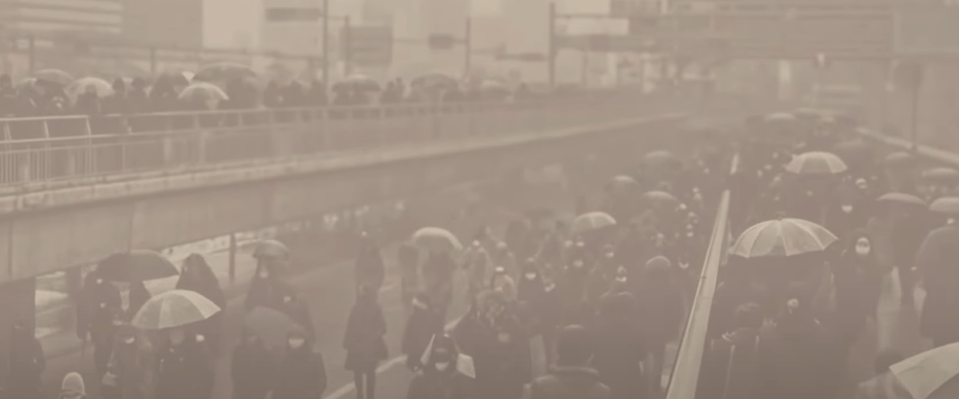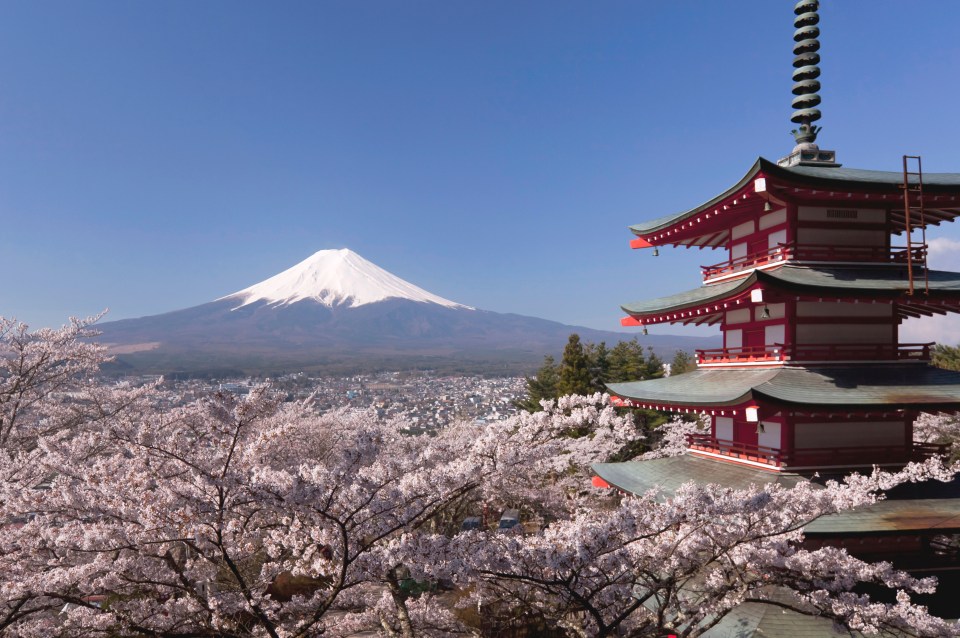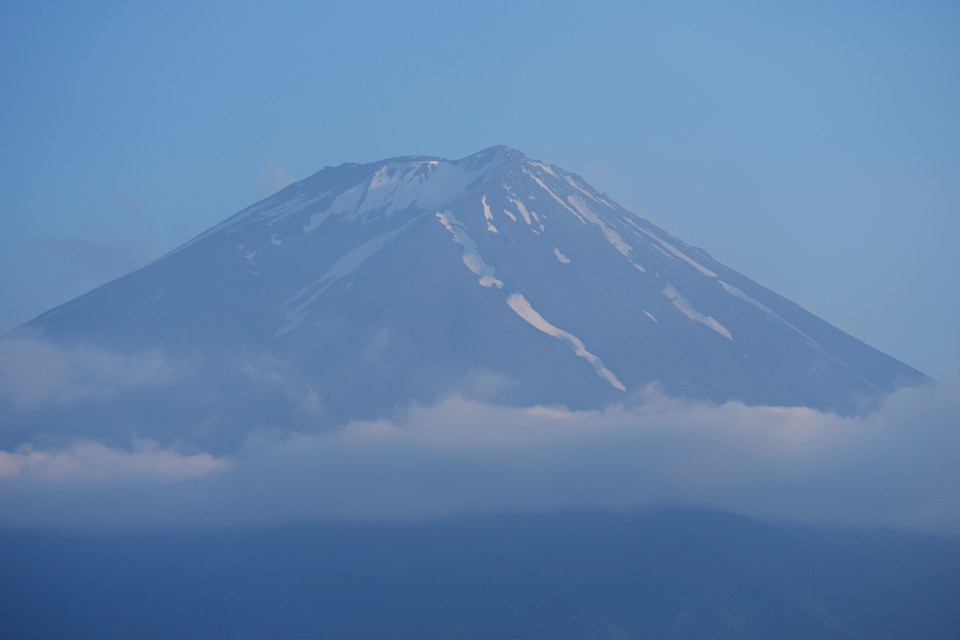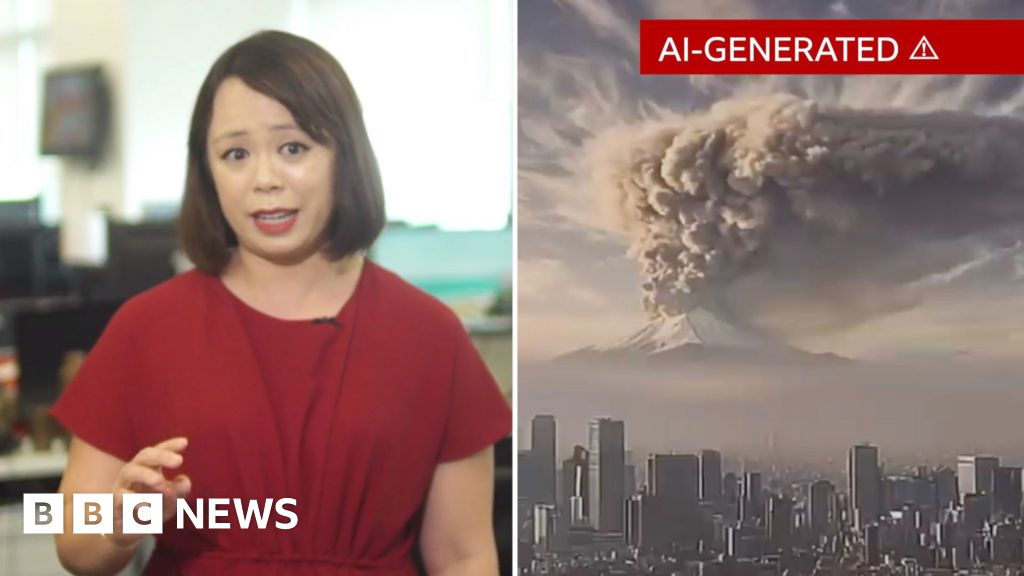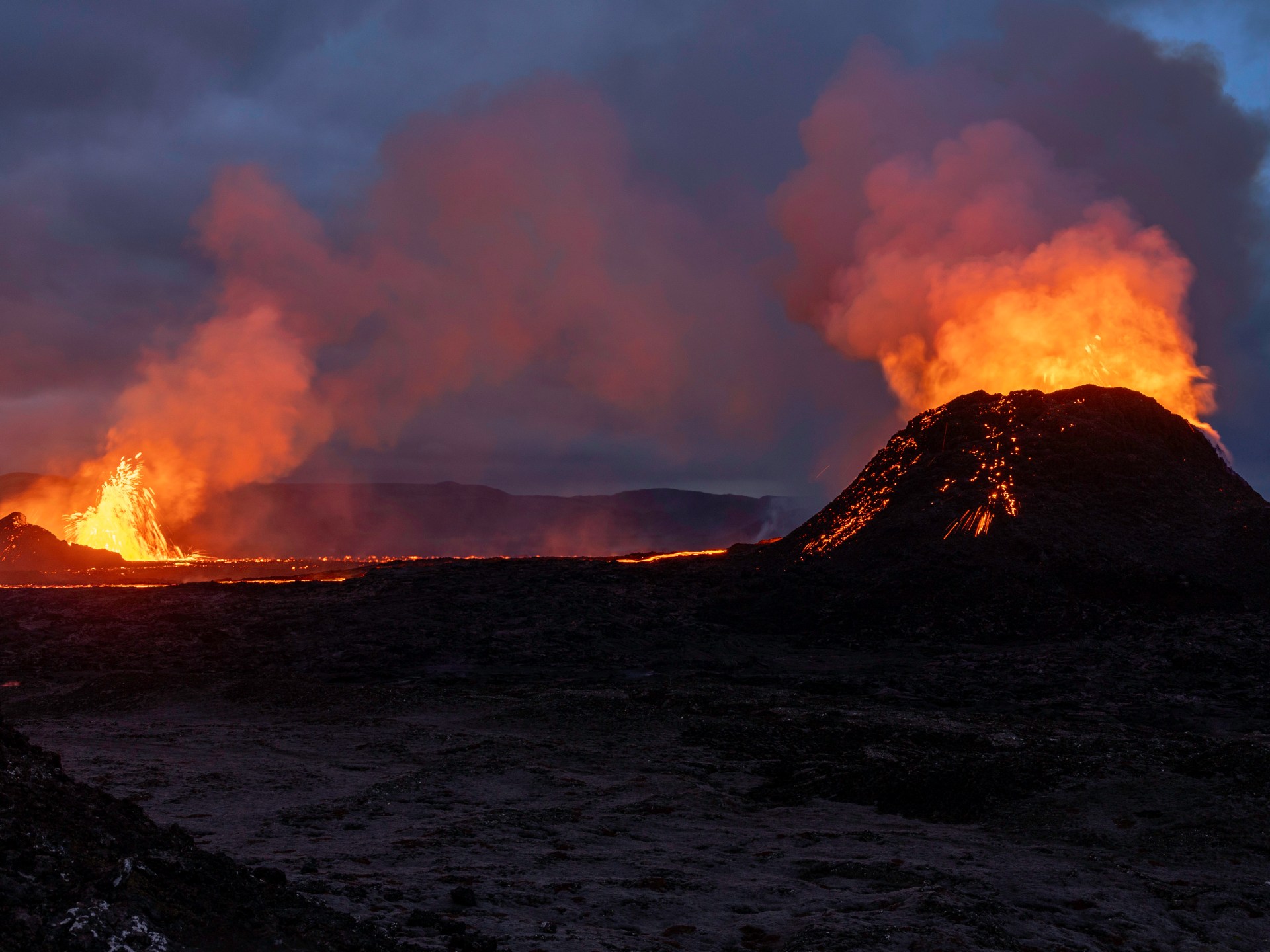Japan releases nightmare AI warning video for Mount Fuji eruption with world’s largest city buried under ash
JAPAN has released a terrifying AI-generated video showing residents what could happen if Mount Fuji erupted.
The footage, created by Tokyo’s Metropolitan government, warned locals that their city could one day be buried under ash as it urged them to remain vigilant.
If Mount Fuji erupts, the ash is estimated to start pouring down on Tokyo within one to two hours, building a layer up to 10cm thick over the city.
Volcanic ash is formed during explosive eruptions when dissolved gases expand in magma and escape into the atmosphere.
The AI clip shows a huge grey cloud engulfing the sky as it mushrooms over the capital’s high-rise buildings.
Thick black ash spreads over the city covering cars, houses and roads.
A voiceover over the clip says: “The moment may arrive without any warning.
“Volcanic ash is made up of fine, jagged particles. Its unique qualities pose many hazards to health and society.”
Covered in smog, Tokyo appears at a standstill with planes and trains grounded as thick soot blankets train tracks and runways.
Video shows locals holding umbrellas and wearing masks, while cars sit parked in heaps of the volcanic cinders.
In a bid to educate Tokyo’s locals on how to prepare for the colossal event, the clip shows a family opening up a store cupboard full of provisions.
It comes as the government’s cabinet office released a separate video on Tuesday in which it urged residents to “visualize specific scenarios” so they could be better prepared.
And in March, the government issued recommendations suggesting residents keep a two-week supply of essentials in their home.
Officials have stepped up their warnings to locals amid ongoing fears the country is due an environmental disaster.
Estimates suggest eruption damages would cost over $16 billion as areas are plunged into darkness and houses collapse under the ash.
The video has sparked fear among locals who say the prospect of an eruption is “terrifying”.
One resident said: “The thought of volcanic ash causing transportation chaos in the Tokyo metropolitan area is terrifying.”
Some experts have criticised the video for stirring up irrational worry and potentially deterring tourists from visiting.
Japan is no stranger to volcanic eruptions though, as seen in 2022 when plumes of ash spewed into the air after mount Sakurajima burst into life.
And about ten per cent of the world’s active volcanoes can be found in Japan as it lies inside the ‘Ring of Fire’ – one of the most active seismic zones in the world.
A chain of six volcanoes were set off in the perilous zone earlier this month with explosions sending ash as high as 5.28 miles above sea level.
Klyuchevskaya Sopka, the largest volcano in the region, exploded at three miles with a stream of scalding lava.
This was followed by four other volcanoes in the region – the Krasheninnikov, Shiveluch, Bezymianny and the smaller, Karymsk – which each spewed colossal columns of ash.
